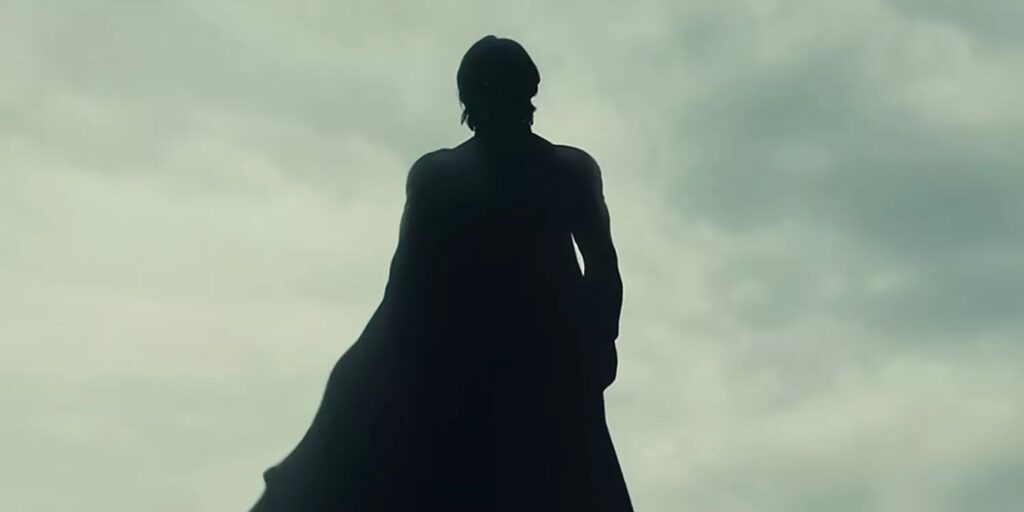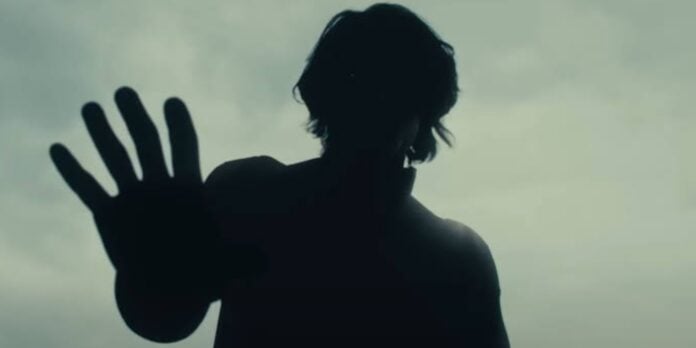Marvel Studios’ ‘Thunderbolts*’ isn’t just another ensemble superhero film; it’s a creative leap into deeper emotional territory and daring visual experimentation. With familiar faces like Florence Pugh’s Yelena Belova, Sebastian Stan’s Bucky Barnes, and David Harbour’s Red Guardian, the movie could have leaned on nostalgia.
Instead, director Jake Schreier has pushed the MCU into unexpected territory. His choice of narrative has given the film a more serious tone.
Jake Schreier Embraced The Void’s Simplicity For ‘Thunderbolts*’

‘Thunderbolts*’ breaks new ground visually. Jake Schreier and his team made a bold decision early on: to use as many practical effects as possible, even when digital might seem easier. “If Florence Pugh wants to step off the second-tallest building in the world, I would not get in her way,” he joked. That commitment extended to the creation of the film’s most chilling visual innovation: the Void.
Related: What You Need To Watch Before MCU’s ‘Thunderbolts*’
Introduced as a terrifying force that erases people with eerie efficiency, the Void’s visual design is deceptively simple and deeply haunting. Schreier revealed that the inspiration came from some of the darkest imagery in history: shadows left behind by the atomic bombings of Hiroshima. “It definitely came from images from Hiroshima and those kinds of shadows,” he explains. “That sense of presence and absence in one image, that’s what we were going for.”
Rather than relying on a flashy CGI-heavy sequence, the team worked with ILM to design a fleeting, unsettling effect. “If you spend any longer than a frame and a half of animation between when they disappear and when they become a shadow, anything longer than that starts to feel like you’re getting into CG vapor territory,” Schreier stated. So they leaned into that brevity, making each Void encounter feel like a chilling whisper.
What’s most impressive is how the visuals were driven by narrative needs. The surrealistic, shifting environments that house some of the film’s most intense scenes were created with as many in-camera effects as possible. Schreier praised the production designers for constructing entire gravity-defying sets that feel tactile and lived in. “Because we’re trying to tell a human story, it just feels like the filmmaking wants to feel like it has that texture as well.”
‘Thunderbolts*’ Is More Than Just A Franchise Film

In an interview with Collider, Jake Schreier opened up about how he approached ‘Thunderbolts*’ as more than just a franchise obligation. Instead, he aimed to build a film that could stand on its own, even for viewers who haven’t kept up with the ever-expanding Marvel catalog. Schreier, best known for his work on Netflix’s ‘Beef’, has earned a reputation for telling deeply human stories. Now, his approach to ‘Thunderbolts*’ is the same.
In case you missed it: ‘Thunderbolts*’ First Reactions: Florence Pugh Steals The Spotlight In Marvel’s Grittiest Film Yet
One of the film’s most compelling challenges, Schreier explains, was how to move long-time characters forward in new ways. “It starts with Kevin Feige saying, ‘Hey, make it work if people haven’t seen any of these things,’” he says. That approach forced the creative team to walk a tightrope. Schreier then pointed to Sebastian Stan’s Bucky Barnes as a perfect example. After a journey through decades of pain, redemption, and internal conflict, Bucky has found a degree of balance. But now what?
“You could imagine Bucky thinking. ‘Maybe it’s time to approach this from a new angle and help people through a new path,’” Schreier explains. “Then realizing, as anyone would, how frustrating politics can be.” That leads him back to the battlefield, but this time, as a reluctant leader among misfits who understand pain like he does. “Maybe, in fact, the right home for him all along has been with a team that you never would expect.”





